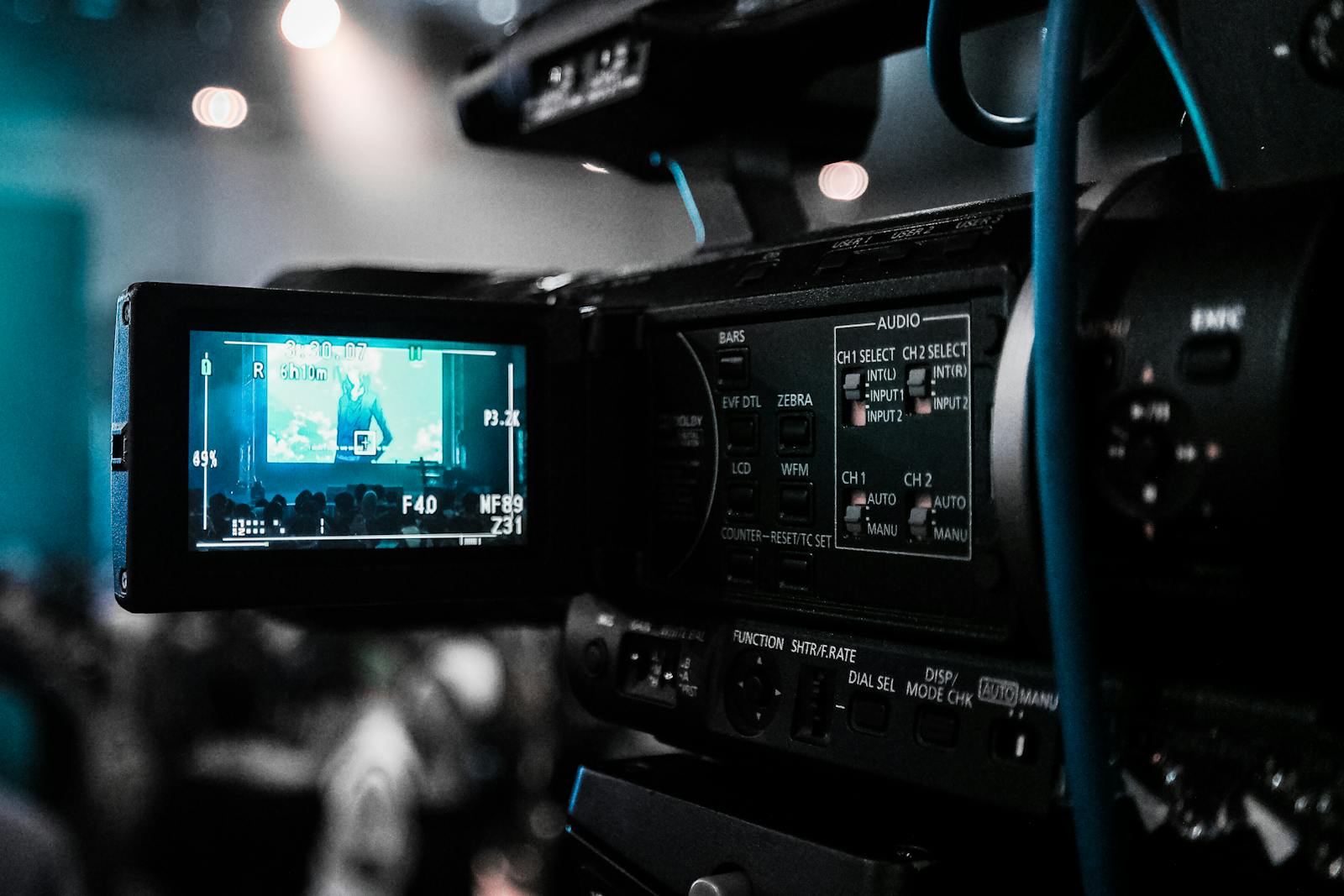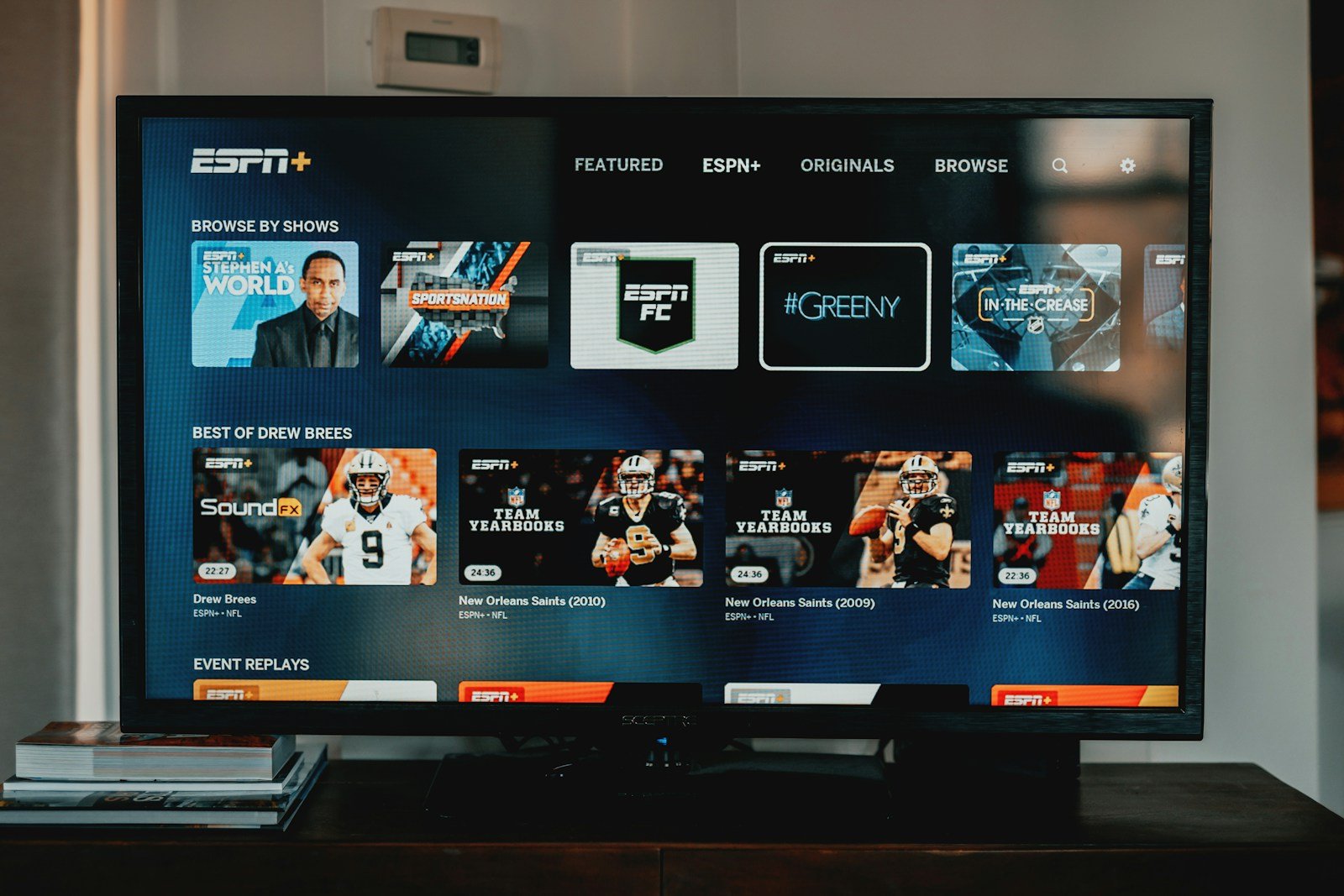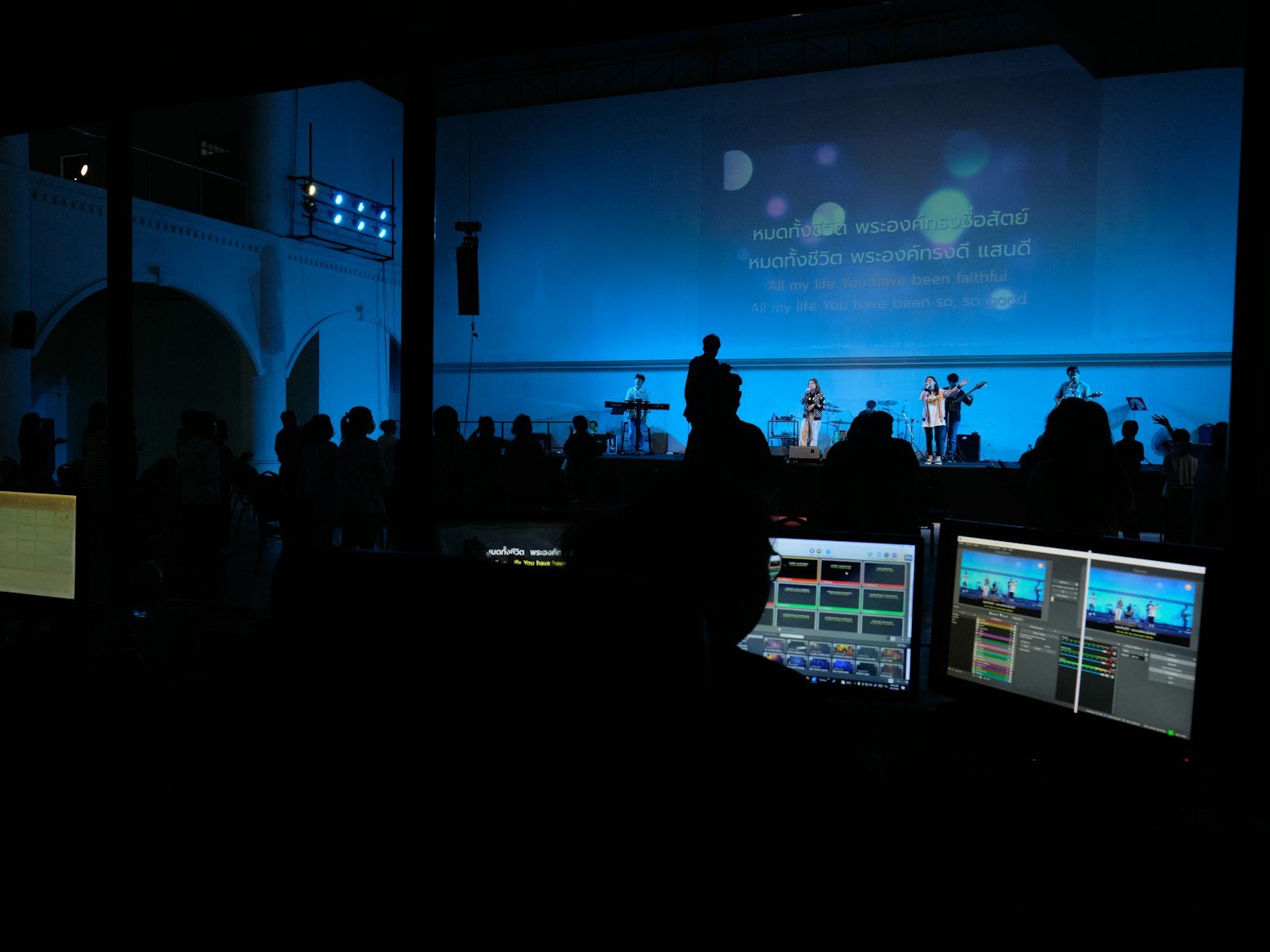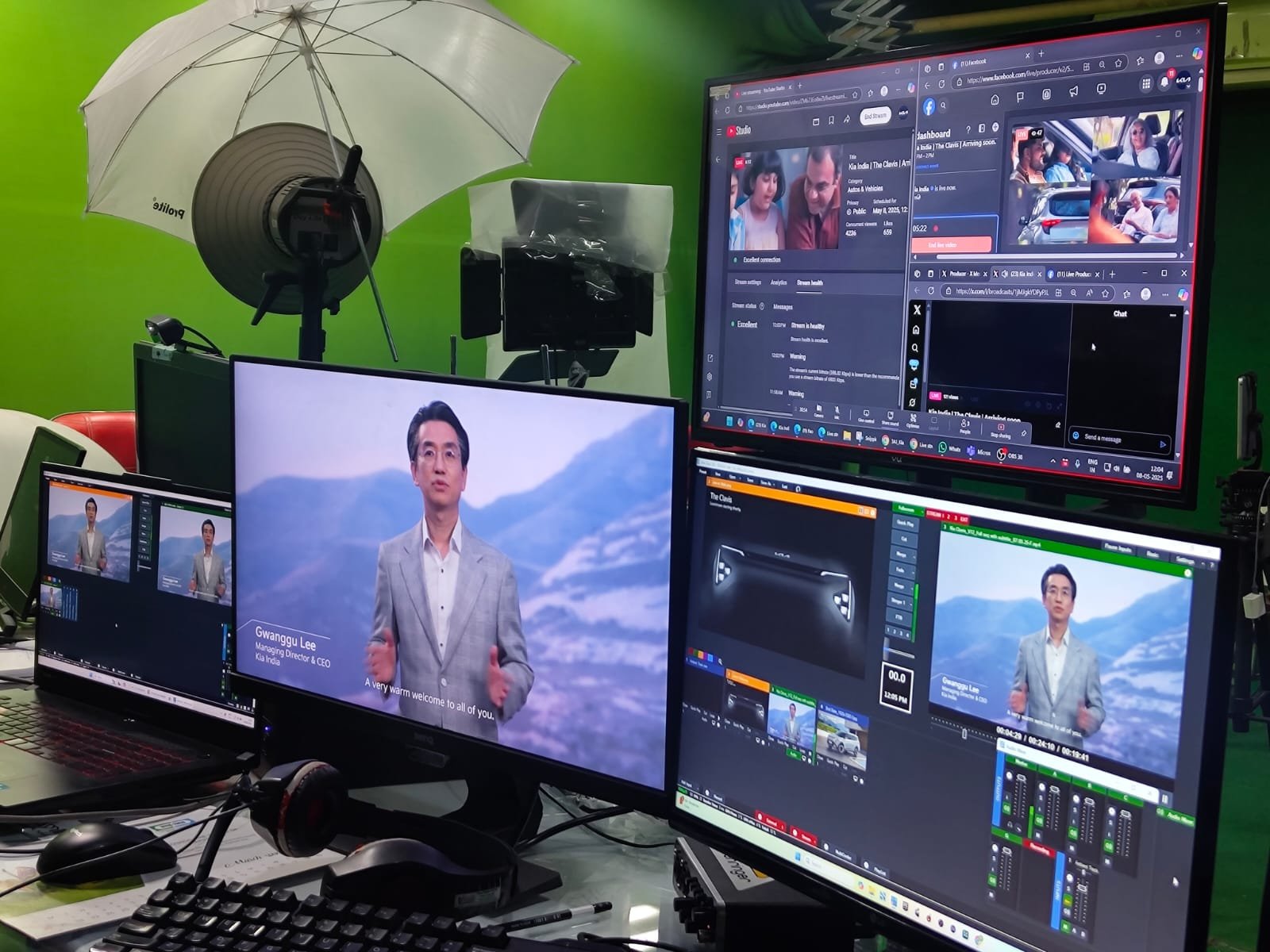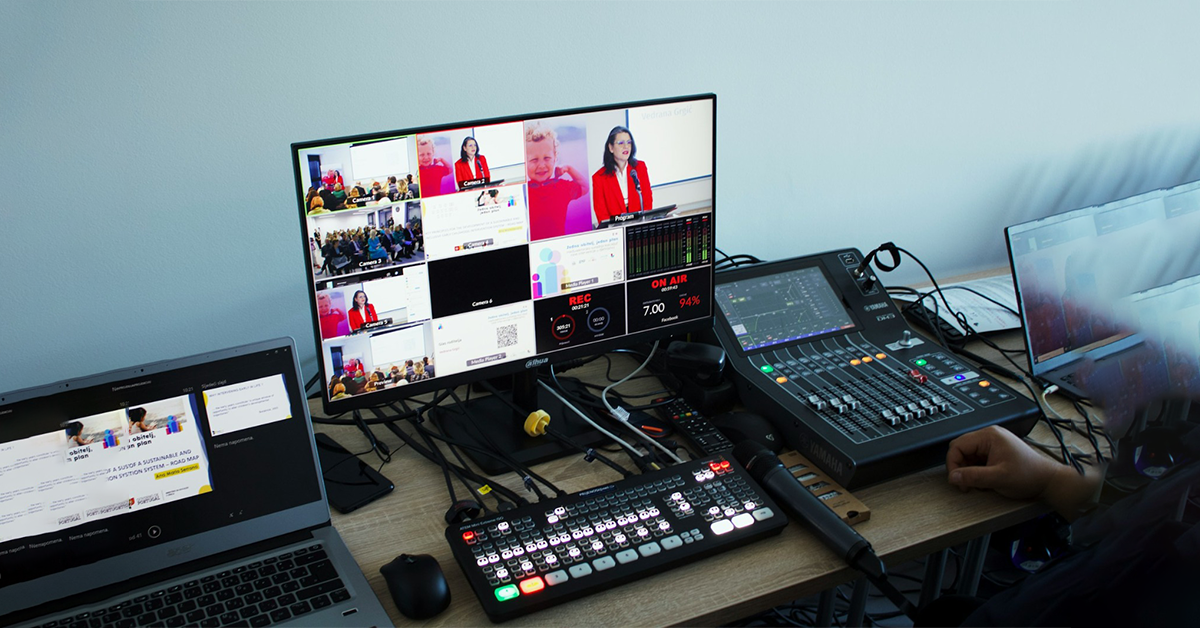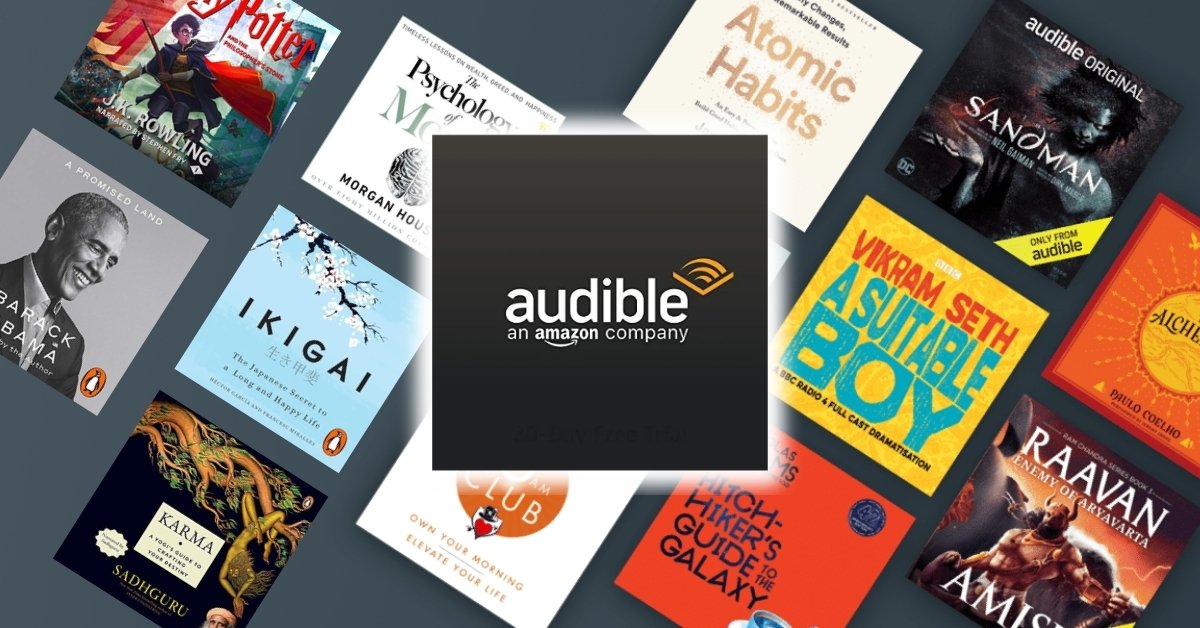Imagine this: you’re planning a major event, filled with presentations, performances and guest speakers. Big or small, your event deserves a worldwide audience, and live streaming gives you that opportunity. And you’re not just any live streamer; you’re a professional. You want the best equipment on the market – top-quality microphones, cameras and lighting. So, how do you figure out what’s best? Dive into “professional live streaming Equipment: The Ultimate Guide for Events” to learn about the must-have equipment that will make your event a streaming success. It’s everything you need to know about taking your events online – with style and substance.
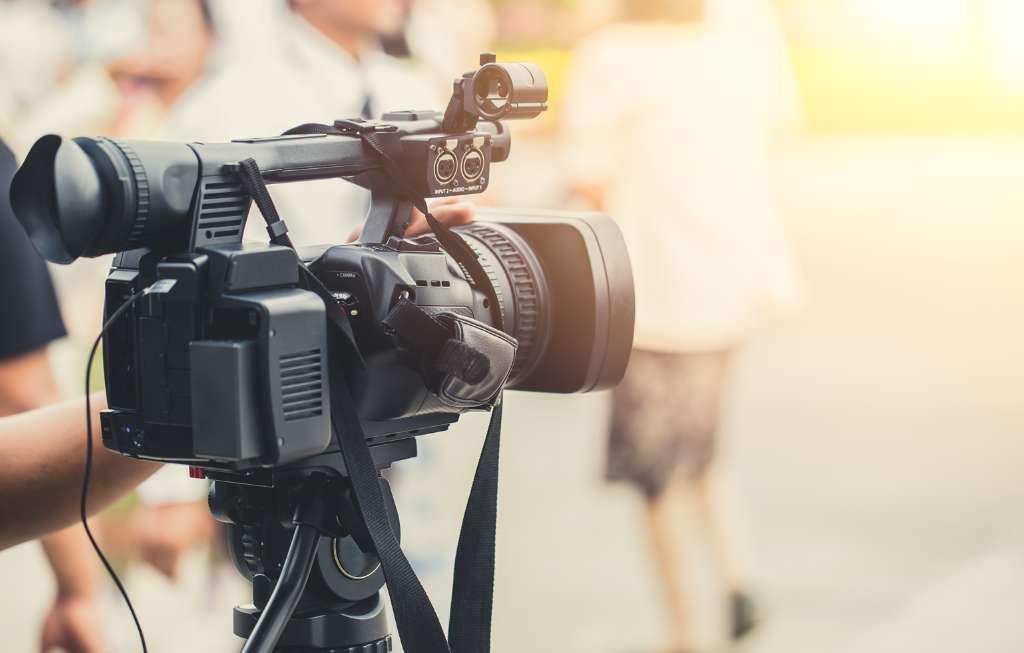
Understanding Live Streaming
Live streaming is an increasingly popular way to reach out to a larger audience, share events, and connect with followers. This real-time digital transmission process allows people from all over the globe to watch and engage with your content the moment it’s happening, breaking down traditional barriers of distance and access.
What is Live Streaming
Live streaming is the broadcasting of real-time video and audio content over the Internet. Imagine watching a sporting event or a concert as it happens, right from the comfort of your home or on the move, that’s what live streaming offers. You can engage in live discussions, ask questions, and be a part of a wider community experience.
Benefits of Live Streaming for Events
Live streaming brings a host of benefits for events. It can help to increase your reach and audience engagement, offering a convenient option for those who can’t physically make it to your event. It enables you to provide valuable content to your audience, promoting your brand and fostering a deeper connection with your viewers. Plus, it can help boost your revenue through ticket sales for the live stream or through advertising and sponsorships.
Challenges to Overcome in Live Streaming
Like any other form of broadcasting, live streaming presents some unique challenges. Ensuring a smooth and high-quality broadcast requires good planning and a reliable tech setup. It requires overcoming issues such as managing internet bandwidth, selecting the right platform, dealing with technical glitches, and maintaining Viewer engagement during the live stream.
Steps to Prepare for a Live Streaming Event
Preparing for a live streaming event requires careful planning. Start by setting clear goals and structuring your content. Decide on the ideal platform and audience for your event. Test your equipment and internet connection to ensure a smooth streaming experience. Promote your event beforehand and try to anticipate any issues that might arise during the live stream.
Overview of Essential Live Streaming Equipment
The quality of your live stream greatly relies on the tech setup you have. The essential equipment you’ll need for professional live streaming includes a camera, audio equipment, lighting, a video encoder, and a strong internet connection.
Cameras for Live Streaming
A good camera is the backbone of a high-quality live stream. Depending on your budget and requirements, you can choose between webcams, DSLR cameras, mirrorless cameras, or professional video cameras. The key is to find a camera that meets your needs and delivers a great image quality.
Audio Equipment
No live stream is complete without clear, high-quality audio. Poor audio can quickly turn off viewers. To avoid this, you need reliable audio equipment such as microphones, mixers, and audio interfaces.
Lighting for Streaming
The right lighting is crucial to make your video look professional. Whether you’re streaming from a natural light-filled space or an indoor setting, investing in suitable lighting equipment can make a significant difference to the visual quality of your live stream.
Video Encoders
A video encoder is essential to convert your video input into a digital format that can be streamed online. You can choose between hardware encoders, which are separate pieces of equipment, or software encoders that run on your computer or phone.
Internet Connectivity Equipment
A reliable and high-speed internet connection is an absolute must for live streaming. Always test your internet speed ahead of the event to ensure it can handle your live stream.
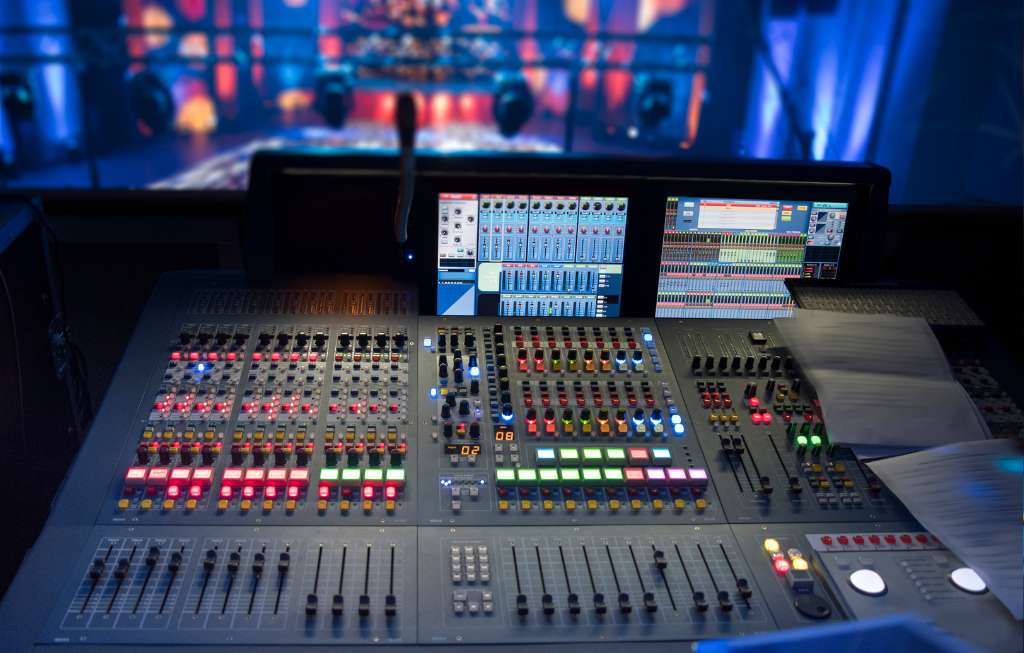
Looking for seamless live streaming? Get in touch with us for the ultimate streaming services.
Deep-Dive: Cameras for Live Streaming
With the wide array of cameras available in the market, it can be a daunting task to choose the perfect one for your live streaming needs. What matters is that your camera should be capable of delivering high-quality video output and compatibility with your existing setup.
Different Types of Cameras
There are primarily four types of cameras you can consider: Webcams, DSLR cameras, mirrorless cameras, and professional video cameras. The choice depends on your budget and needs.
Choosing the Right Camera for Your Event
Selecting the right camera will depend on your event’s requirements. A webcam might be perfect for a simple live stream, while a professional video camera might be more suited to a large-scale corporate event.
Top Camera Brands for Live Streaming
The main contenders for live streaming cameras include Canon, Sony, Panasonic, and Nikon. Each brand offers various models catering to different budgets and needs.
Exploring Audio Equipment for Live Streaming
High-quality audio can be as important as video for a successful live stream. People can forgive minor visual glitches, but poor-quality audio quickly alienates viewers.
Importance of High-Quality Audio
High-quality audio ensures clear communication, making sure your message is heard without distractions or misunderstandings. It helps create an immersive and engaging experience for your audience.
Types of Microphones
There’s a vast choice when it comes to microphones – from lavaliers and headsets to handhelds and desktop microphones. The choice should be based on the nature of your live stream and the type of sound capture you require.
Audio Mixers and Interfaces
An audio mixer allows you to regulate different audio signals simultaneously while an audio interface connects your sound input to your computer. Depending on the complexity of your audio setup, you might need one or both.
Best Audio Equipment Brands for Live Streaming
Leading brands for audio equipment include Shure, Sennheiser, and Yamaha.
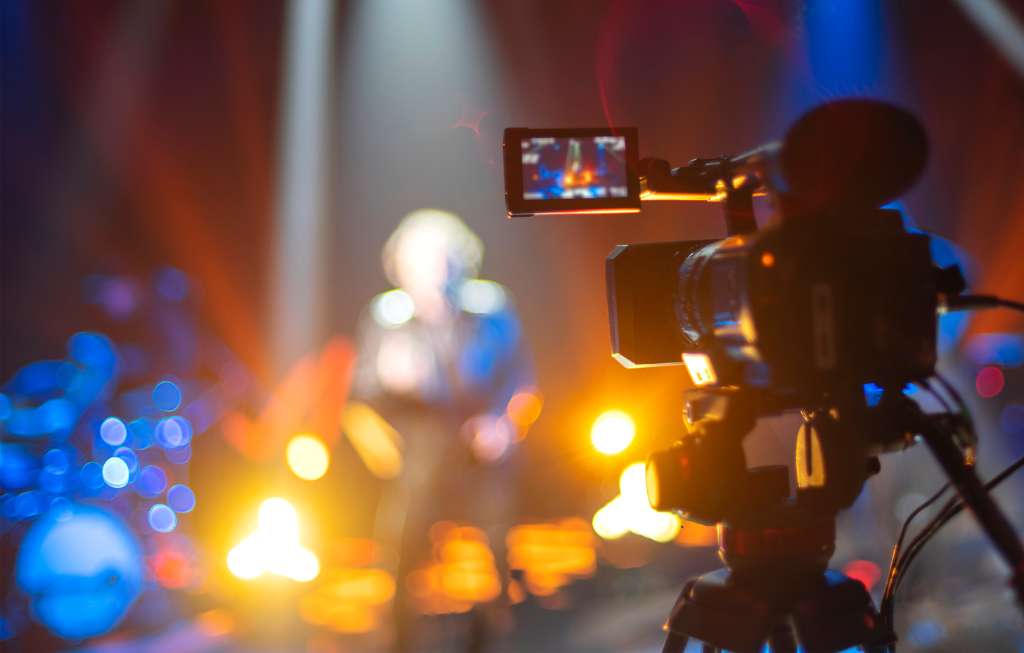
Lighting Essentials for Live Streaming
Great lighting isn’t just about visibility – it affects the mood of your live stream and the impression you make on your viewers.
Understanding the Basics of Lighting
There are three basic types of lights used in video production: key lights, fill lights, and backlights. Understanding how to use them can vastly improve the quality of your video output.
Lighting Equipment for Live Streaming
You may choose from ring lights to softboxes, depending on your requirements. LED lights are popular for their energy efficiency and lifespan.
Selecting Suitable Lighting for Your Event
Consider your environment and the mood you want to convey before choosing your lighting equipment.
Understanding Video Encoders
A video encoder is an essential piece of equipment that converts the video input from your camera into a digital format that can be streamed online.
What is a Video Encoder
Video encoders take the analog video signal from your camera, encode it into a digital format, and stream it online.
Hardware vs Software Encoders
Hardware encoders are dedicated devices that provide reliable, high-quality streams, but they can be expensive. Software encoders are cheaper and more flexible but can place heavy demands on your computer.
Best Video Encoders for Live Streaming
Popular choices for video encoders range from hardware solutions like the Teradek Vidiu X to software solutions like OBS Studio and vMix.
Internet Connection for Live Streaming
A strong, reliable internet connection is vital for live streaming. Nothing ruins a live stream faster than a broken or lagging video due to poor internet connectivity.
Importance of Reliable Internet Connection
A solid internet connection ensures smooth and seamless streaming, providing your viewers with the best possible experience.
Understanding Bandwidth Requirements
You need to understand your bandwidth requirements to ensure your internet connection can handle them. This depends on the resolution and frame rate of your video.
Wired vs Wireless Connection
While wireless connection offers more flexibility, a wired connection will always be more reliable for live streaming.
Backup Internet Solutions
It’s wise to have a backup internet solution in place, like a mobile data hotspot, just in case your primary internet fails.
Live Stream Platforms and Software
Choosing the right platform and software is important for delivering a successful live stream.
Available Live Streaming Platforms
There are numerous live streaming platforms available, such as Facebook Live, YouTube Live, Twitch, LinkedIn Live, and private hosting platforms like Vimeo and Brightcove.
Selecting a Streaming Platform
The choice of platform depends on your target audience, the features you need, and your budget.
Overview of Streaming Software
Streaming software like OBS Studio, Wirecast, and vMix can help you manage and control your live stream.
Additional Live Streaming Equipment
Aside from the basic equipment, there’s additional gear you might need to enhance your live streaming setup.
Tripods and Camera Supports
A sturdy tripod or other camera supports can prevent shaky footage and help you frame your shots correctly.
Backdrop and Green Screen
A professional-looking backdrop can enhance your video quality while a green screen offers unlimited possibilities for your background.
Headsets and In-Ear Monitors
A good headset can help you monitor your audio output. In noisy environments, you may consider in-ear monitors.
Best Practices for Professional Live Streaming
Finally, your equipment is only as good as how you use it. Following a few best practices can go a long way in ensuring the success of your live stream.
Creating Engaging Content
Start with interesting, relevant content that will capture and hold your audience’s attention. Make sure it delivers value to your viewers.
Rehearsing Before the Event
Rehearsing allows you to catch any issues before the event and helps ensure a smooth production on the day.
Interacting with Your Online Audience
Engage with your audience during the live event – answer questions, shout out to viewers, and create an interactive experience.
Utilizing Analytics Post Event
After the event, use analytics to understand viewer behavior and feedback. This can inform your strategy for future live streaming events.
Remember that live streaming is a journey, and each event is a learning experience. No matter where you start from, with the right planning, preparation, and equipment, you can deliver a compelling live stream that resonates with your audience.
Don’t settle for less—experience top-notch live streaming with Virtual Studio.

